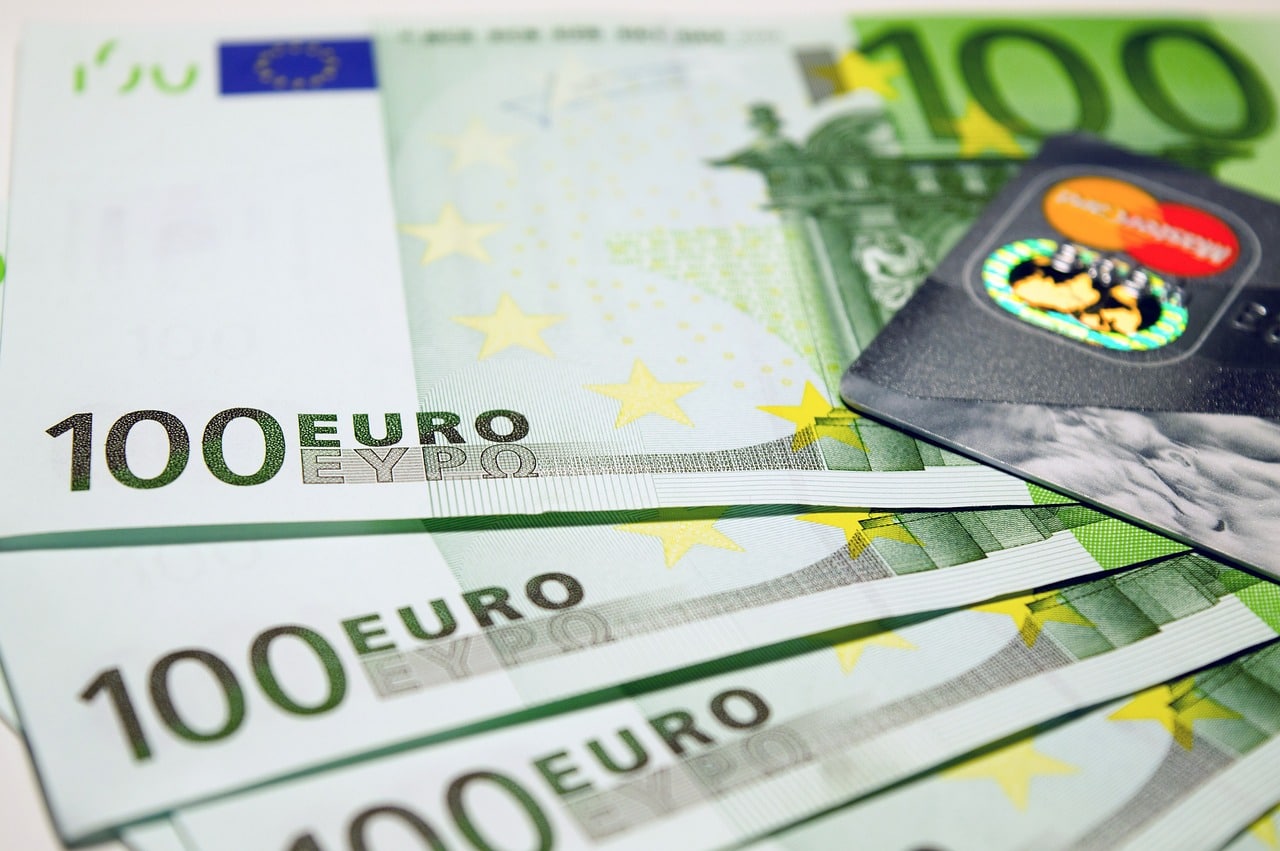
A current account arises from a contract between the bank and a client.
The current account is a contract between a bank and a client that establishes that the entity will fulfill the person's payment orders according to the amount of money they have deposited or the credit they have agreed upon. Said account can be opened and managed by one person or by a group of people; In the latter case, depending on the conditions, all individuals may be authorized to operate.
The owner of a checking account can access the money through an ATM , the teller window , or some type of checkbook (such as a check ). It is possible to discount bills, link payments to the account and collect or pay interest or taxes, for example.
Checks and cards are the payment methods most commonly associated with a checking account. There are two types of card : the credit card (whose summary must be paid at the end of a period: that is, when the client pays for a product or service with this card, they acquire a debt and do not deliver the money immediately) and the debit card (money is automatically subtracted from customer funds).
Requirements to open a checking account
Each bank has its requirements for opening a checking account. Generally, the entity is in charge of verifying the payment capacity of its potential clients (to know what amount of credit the bank can provide without risks) and the origin of their income (to avoid illegal movements).
When the client incurs a debt greater than that agreed upon with the bank (what is known as "overdraft" ) and delays paying it, he or she must pay interest or penalties.

Having a checking account in a bank provides access to different services.
Main advantages
Just like other types of accounts , current offers tempting advantages as well as undeniable disadvantages to its clients, which is why it is essential to analyze all its aspects before making a decision. Below is a list of the benefits and drawbacks that checking accounts usually generate, starting with the positive points:
- It provides customers with access to all the services provided by the bank, such as mortgages, loans, subsidies and promotions. The current account is a strong link with the banking entity, a relationship on a professional and commercial level.
- It acts as a deposit and, at the same time, allows payments to be made through checks or credit and debit cards.
- Thanks to the possibility of using bank checks, the current account allows balance transfers to third parties, one of the main characteristics that differentiate it from the savings account. Furthermore, if you do not have the necessary funds for the operation, some entities allow you to finance the amounts issued through checks, which translates into the convenience of paying for the consumption of goods and services without having to have the money. immediately.
- You can offer services such as cashier's and traveler's checks at no additional cost.
- In general, it gives its users the possibility of making transfers and transfers, and of direct debiting the payroll (the salary is automatically entered), as well as paying taxes and services.
- It is linked to a series of additional products, such as pension plans, investment funds and insurance.
- It allows operations to be carried out online, which considerably facilitates its accessibility and speeds up processes;
Disadvantages of a checking account
Among the disadvantages of a checking account are:
- Generally, when the balance does not reach the minimum required by the bank, maintenance fees increase.
- The bank usually charges commissions for each operation (the most common example is money transfers abroad).
- In some cases, reaching or exceeding a certain balance amount results in the payment of certain interest.
